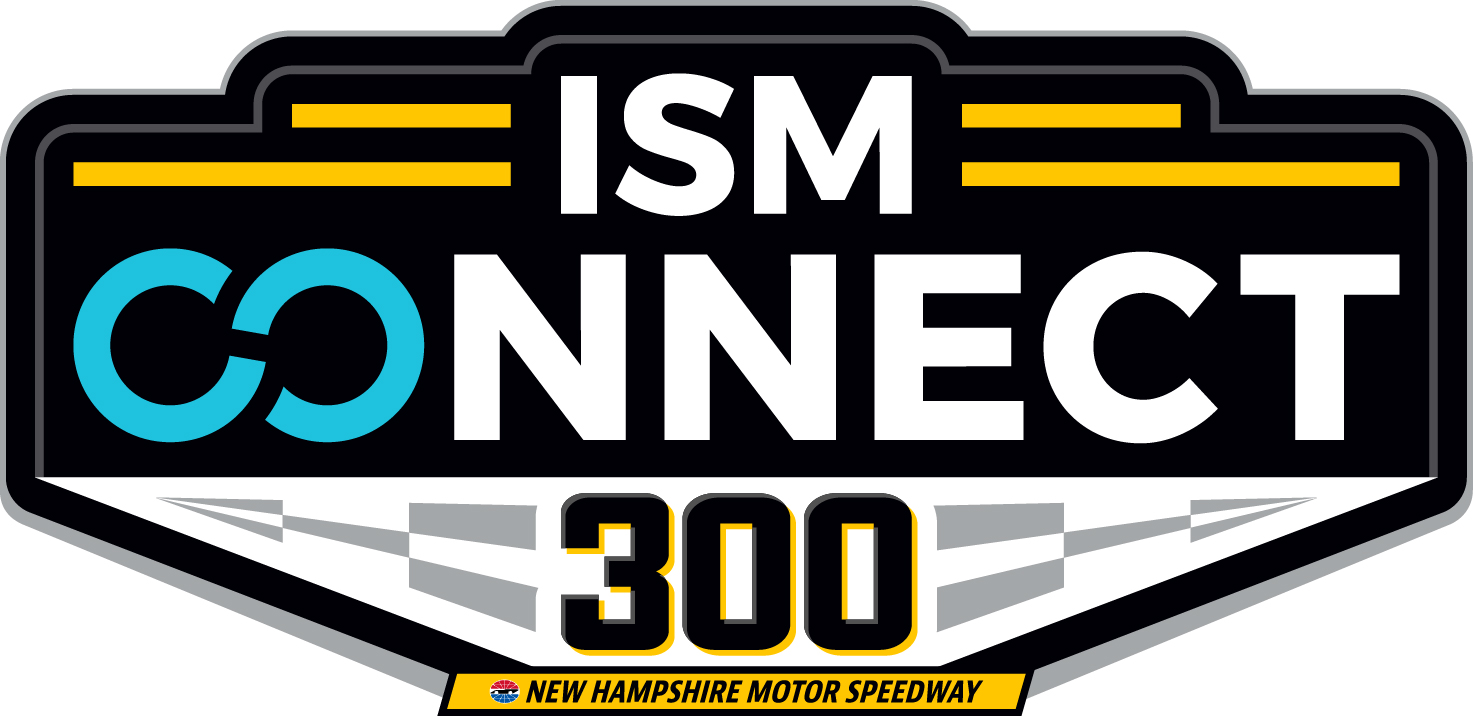Let’s be real here — driving a car around a track at 100+ miles per hour is a dangerous occupation even at the best of times. It doesn’t take much to send one of these thousand-pound wheeled monsters into a tailspin that can damage other cars, the track and, of course, the drivers behind the wheel. That’s why NASCAR needs to do everything it can to improve safety. What steps is NASCAR taking to make their tracks safer and where do they still need a little work?
Optimizing Ambulance Placement
Ambulances are a constant presence at NASCAR events. When an accident occurs, EMS crews can immediately race to the to scene to provide first aid or transport the driver to the hospital.
Unfortunately, they also tend to either be in the way or, in their quest to stay out of the way, they’re not where they need to be when accidents happen.
In one recent race at the Richmond Raceway — which also happened to be the regular season finale — an ambulance ended up blocking the pit road, causing driver Matt Kenseth to crash into the rear of another driver, knocking him out of the race and almost ending his racing season.
This wasn’t the first issue related to trackside ambulances. Other drivers have mentioned that the response to their accidents was slow or that the drivers of the ambulances were driving recklessly or simply couldn’t find the care center that they were supposed to be heading toward.
We Can See Clearly Now
Windshields are designed to shatter — the safety glass used in consumer cars is specially designed to break into small pieces rather than into large sharp shards that could do damage — but that still isn’t safe enough for the high-speed environments found on NASCAR tracks. This is why some drivers are switching to polycarbonate windshields.
Polycarbonate isn’t the kind of windshield you’d want on your daily commute. Aside from the fact that it’s not street legal, it tends to scratch and pit when it encounters rocks, sticks and other everyday road debris. That’s why NASCAR crews often cover polycarbonate windshields with a film sheet that protects it from this minor damage. When it gets scratched or messed up, crews can remove and replace the film, preserving visibility for the driver. For long races, pit crews can apply several layers of film so the top layer can be peeled away as needed to keep the windshield clear.
Concrete Walls Don’t Give
Other cars aren’t the only threat on the track. Crashing into walls can also cause damage to vehicles and injury to drivers. This is where SAFER barriers come in. SAFER stands for Steel and Foam Energy Reduction, and they use steel walls sandwiched with foam to lessen the impact when a car loses control.
They’re not perfect, though they’ve received credit for saving at least one driver’s life. Unfortunately, they’re not standard equipment on every track, and even where they are installed, they don’t always reach around the entire track.
To improve safety, NASCAR could potentially require that all of their official tracks utilize SAFER barriers around the track to protect their drivers. It’s not a cheap proposition — getting this type of barrier installed costs approximately $500 per foot — but it’s worth it when you consider the number of injuries that this could prevent.
Racing in and of itself is not a safe sport. When you’ve got thousands of pounds of glass and steel speeding around a racetrack at 100 miles per hour or more, there are bound to be some accidents. It might be impossible to prevent these accidents, but that doesn’t mean that we should stop being vigilant when it comes to driver safety. NASCAR has made some great strides in safety in the last couple of decades — now it’s time to make sure they keep it up!
Scott Huntington is a writer from Harrisburg who covers racing and everything to do with cars. Find him at Off The Throttle or follow him on Twitter @SMHuntington







